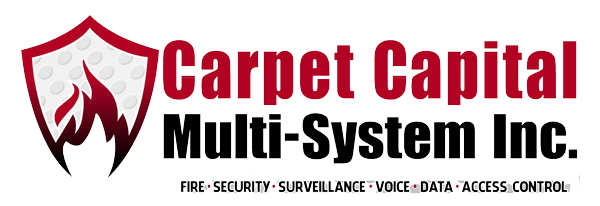If you have been hearing more about data centers these days, you may wonder, what is a data rack? To answer the question, what is a data server rack, it’s helpful to understand a little bit about data centers. All of our online and cloud data has to be stored somewhere, and that place is a data center. Inside these centers, there are rooms filled with racks and racks of data servers.
Data racks: the physical equipment that houses data
The physical component of data storage typically consists of metal frames that support electronic equipment. If you are familiar with any type of audio equipment, such as stereo components, the data servers can often look similar to those items. In addition to the server itself, these metal racks may also house network devices, cables, and various other pieces of computing equipment.
All of these server racks are set up within the data center in an organized fashion and also placed in such a way as to have all of the components easily accessible. Due to the electrical energy that these racks require, cooling is also necessary. Data centers are usually kept very cool to avoid any overheating issues with the equipment.
Companies rent space in the data centers where they can have all of their servers grouped together. Each company will have its areas fenced off for security, with these spaces commonly referred to as cages. Due to the need to keep the equipment cool, the cages use fencing similar to chain link fences in order to allow good airflow.
More information about data racks
The cases that house the racks are usually made from plastic or composite material. There are slots within the rack, open to both front and back, to house the servers. Servers can come in two main types: blade servers and rack-mounted servers. The blade servers are much thinner and take up a lot less space than their rack-mounted counterparts. These are all placed inside the rack, serving as the servers’ physical house.
Cooling systems, a source of electricity, and a ton of cables are also contained within the rack. The size and number of slots can be customized to fit the needs of the company housing their data. Data centers are very customizable and the location of the racks and equipment pieces is very much by design. If you ever have the chance to visit a data center, you may find the experience very futuristic. The rooms are very cool, the floors are typically white, and there are rows and rows and rows of cages filled with servers. The floors are elevated to allow for storage and organization of the needed cables. The whirring sound of the machines fills the air.
The next time you save something to the cloud or browse a webpage, you’ll have a better idea of how and where the data associated with these actions is stored.

